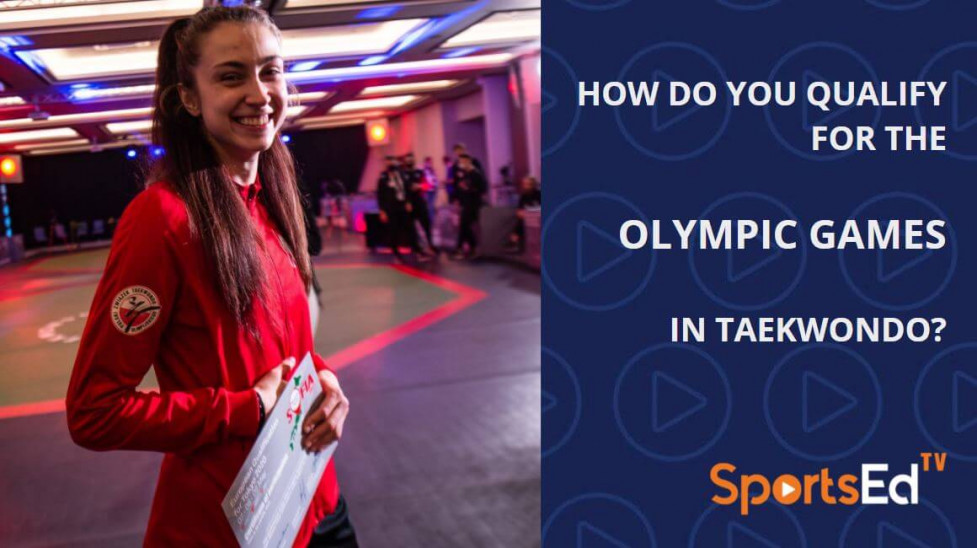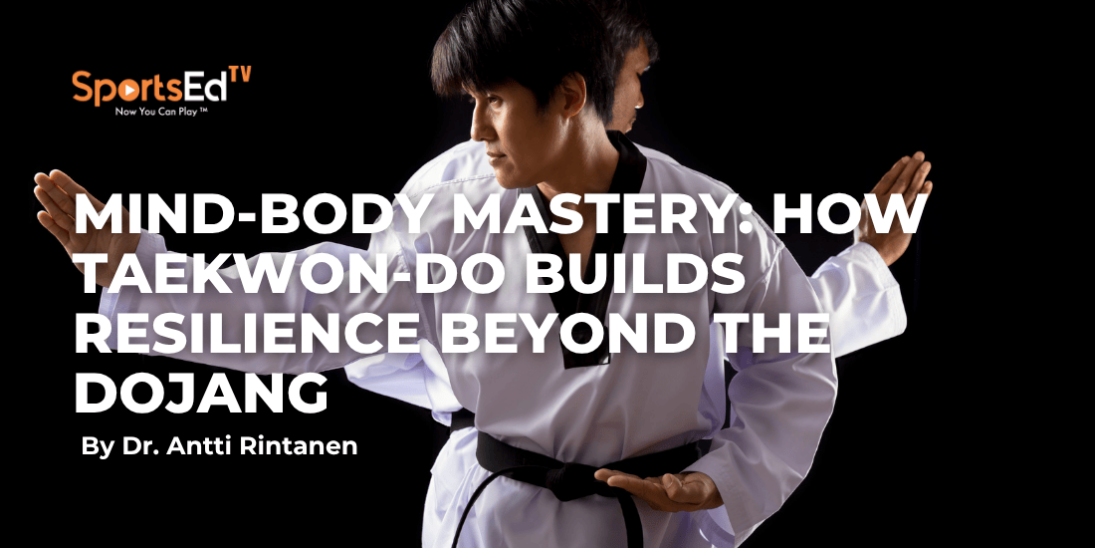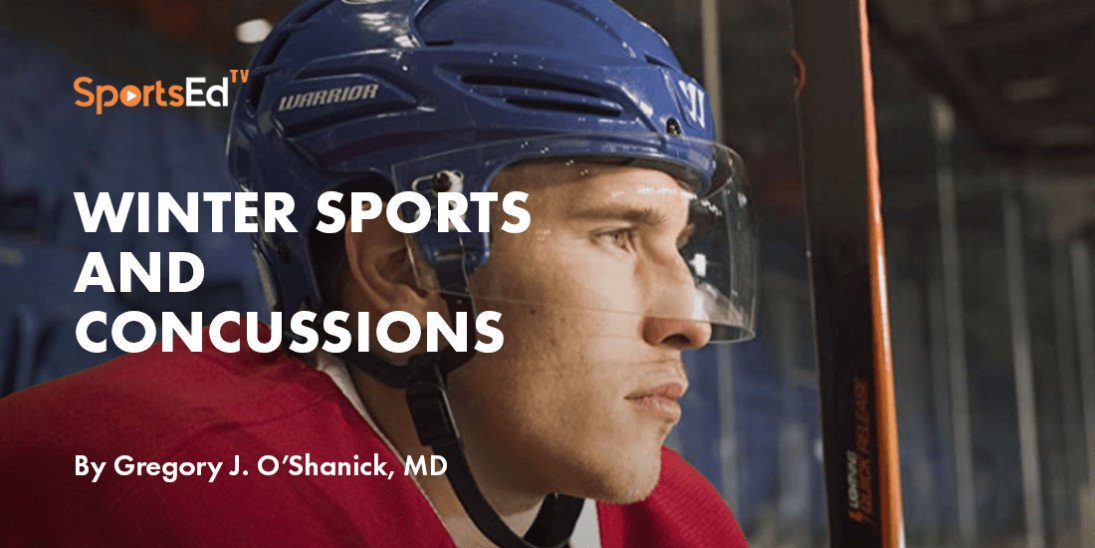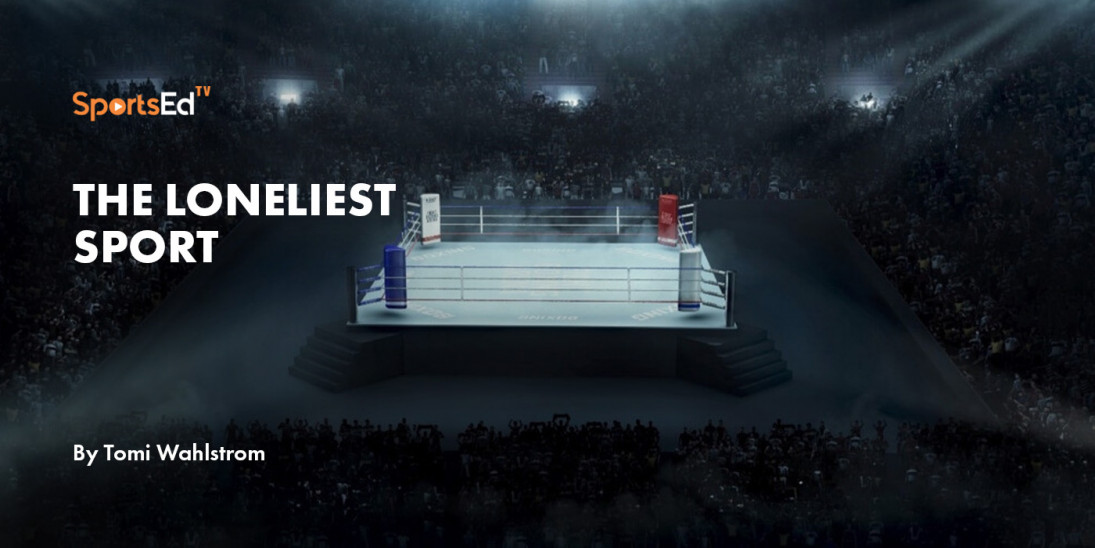Taekwondo, Concussion
Welcome and thanks for visiting...

Concussions Are Two Legs of The Dangerous Sports Triangle
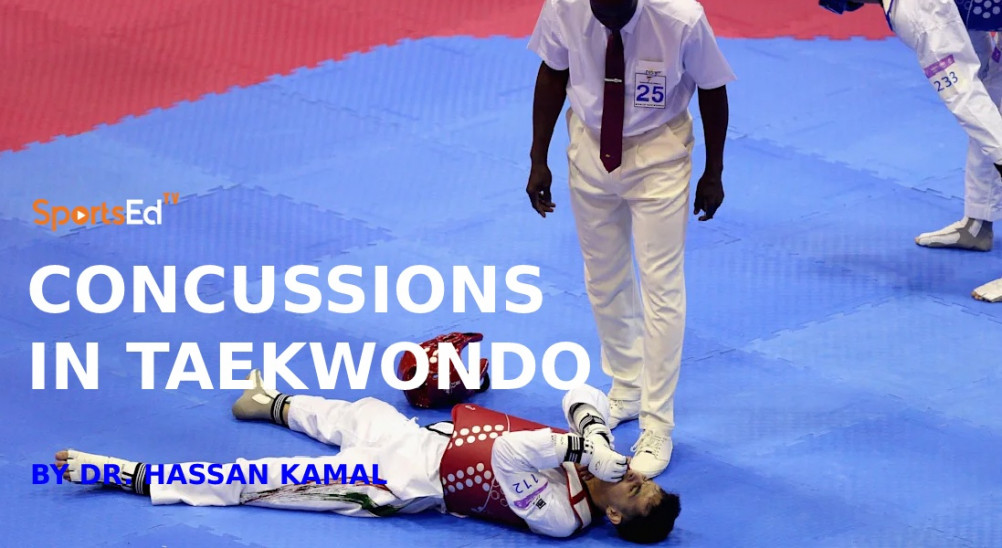
An important conversation on the subject of concussions with Dr. Hassan Kamal, a World Taekwondo Medical Committee Member, Chairman of the Egyptian Olympic Medical Committee; and leader of the African Taekwondo Union Medical Committee.
In this SportsEdTV video, Dr. Kamal outlines the three prominent dangers of concussions and offers detection and rehabilitation information important to athletes, coaches, and parents.
Significant highlights of Dr. Kamal’s are also textually provided in SportsEdTV edited form.
Dr. Kamal’s Edited Highlights
The Dangerous Sports Triangle
When I lecture on sports medicine it is no longer valid to speak of sports injuries as just muscular or skeletal, formerly the narrow vision of sports injuries. Today two of the three most serious problems in sports medicine are concussion-related. The dangerous sports injury tripod consists of these legs:
- Sudden Death in Sports
- The Inevitability of Concussion
- Chronic Concussions
As this conversation is about concussion, the entire topic of sudden death in sports deserves its own platform as its seriousness goes without saying and its causes are multiple.
Concussions are inevitable in sports as long as we continue to have games that include collision and direct contact. Some athletes may play a lifetime without a concussion, but the honest facts are that frequent concussions are inevitable occurrences in martial arts, futbol, football, and rugby. That is not to say that concussions won't occur in any sport, though the inevitable likelihood expands in the full contact games we play.
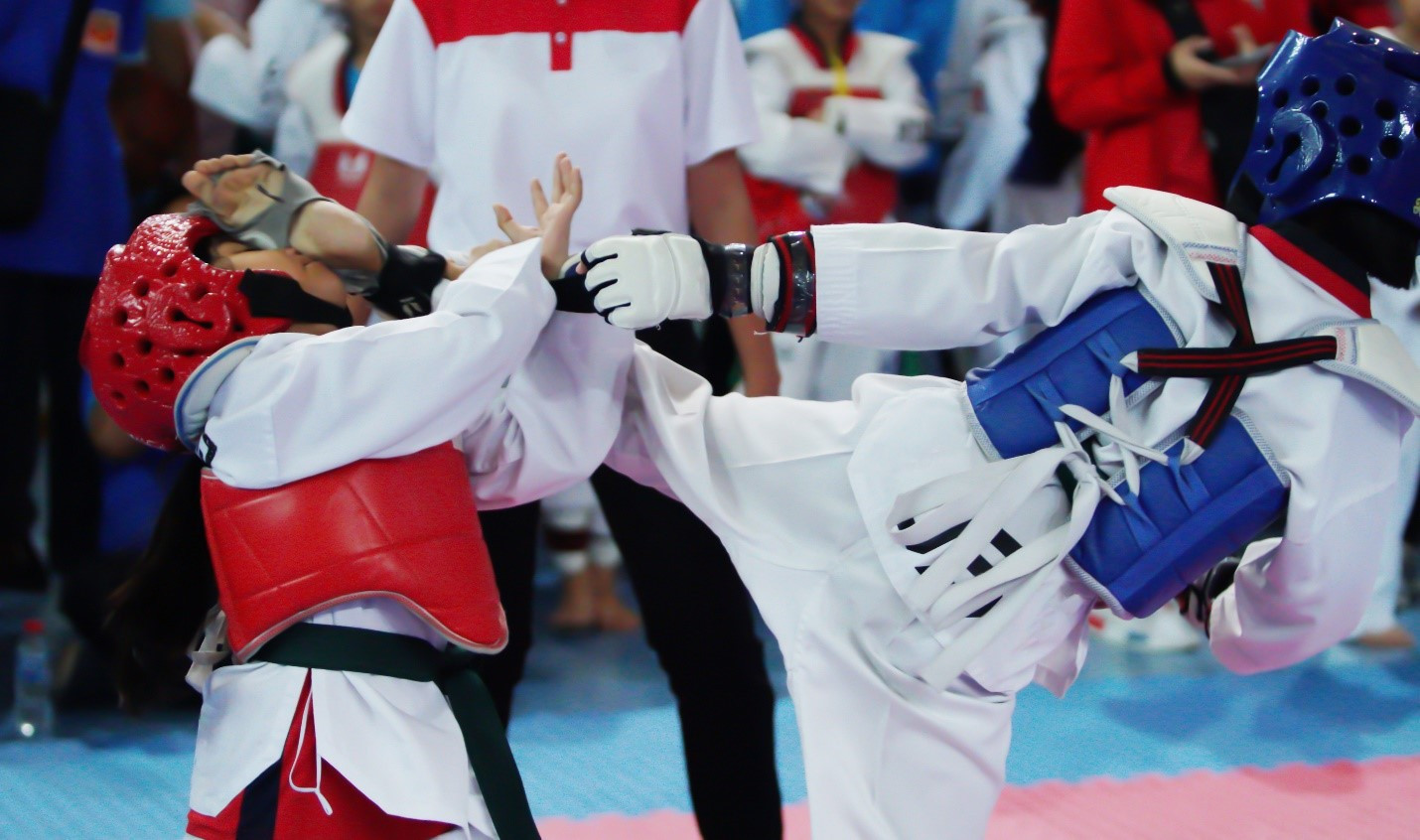
For Coaches, Players, and Parents
When we see head contact occur we must look for concussion evidence. I'll share and explain signs and symptoms that everyone should know. We call them Concussion Recognition Tools (CRT).
- The first evidence we look for is disorientation, dizziness or imbalance even loss of consciousness
- Double vision, neck pain, weakness.
- Tingling anywhere in the body
- Headache, seizures, or vomiting
- Restlessness or behavioral changes.
What We Should Do
When evidence indicates concussion has likely been incurred there are in-the-moment and follow-up actions we should practice.
In the moment
- Protect the athlete from further injury if downed.
- Protect the athlete from him/herself. Many want to continue to play.
- Protect the athlete from the coach. Some encourage continuation of play.
- Protect the athlete from the opponent--as in combat/contact sports like boxing.
- In checking for disorientation ask specific questions: What’s the score? What round is it? Who scored last?
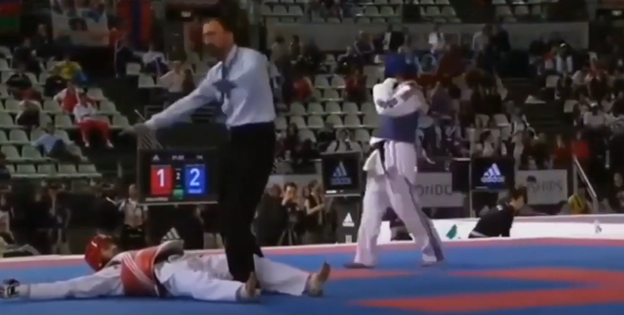
Post Injury
- Listen to the athlete for complaints.
- Watch for emotional changes—crying, outbursts.
- Check memory, light sensitivity
- Restrict driving, alcohol, drugs.
- Seek immediate medical advice for further assessment.
- A 24-hour observation may include a scan and other medical assessments
What about chronic concussion?
Chronic concussion is what we see in players who compete in contact sports where frequent contact is experienced, though often not severe enough to evoke immediate symptoms. This is where the coach and parents need to be great observers.
Chronic Concussion Alerts
- Speech changes
- Emotion changes
- Energy changes
Recovery Period
As expected it is specific to the individual and the injury, but in first-time concussions, it may run between two and four weeks but can extend to eight weeks. Above all, return to play is gradual and features low-intensity resumption.

